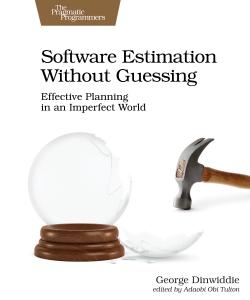More About Development Culture
Josh Kerievsky called me to task for not following up on his third version of his story of providing a quick fix before a test-driven fix. As I said, I don’t want to be critical of Josh. I will, however, cast a critical eye on the code he has shared.
For those just tuning in, the previous installment talked about differences between the culture we espouse and the culture we practice. This installment will return to that.
Read More